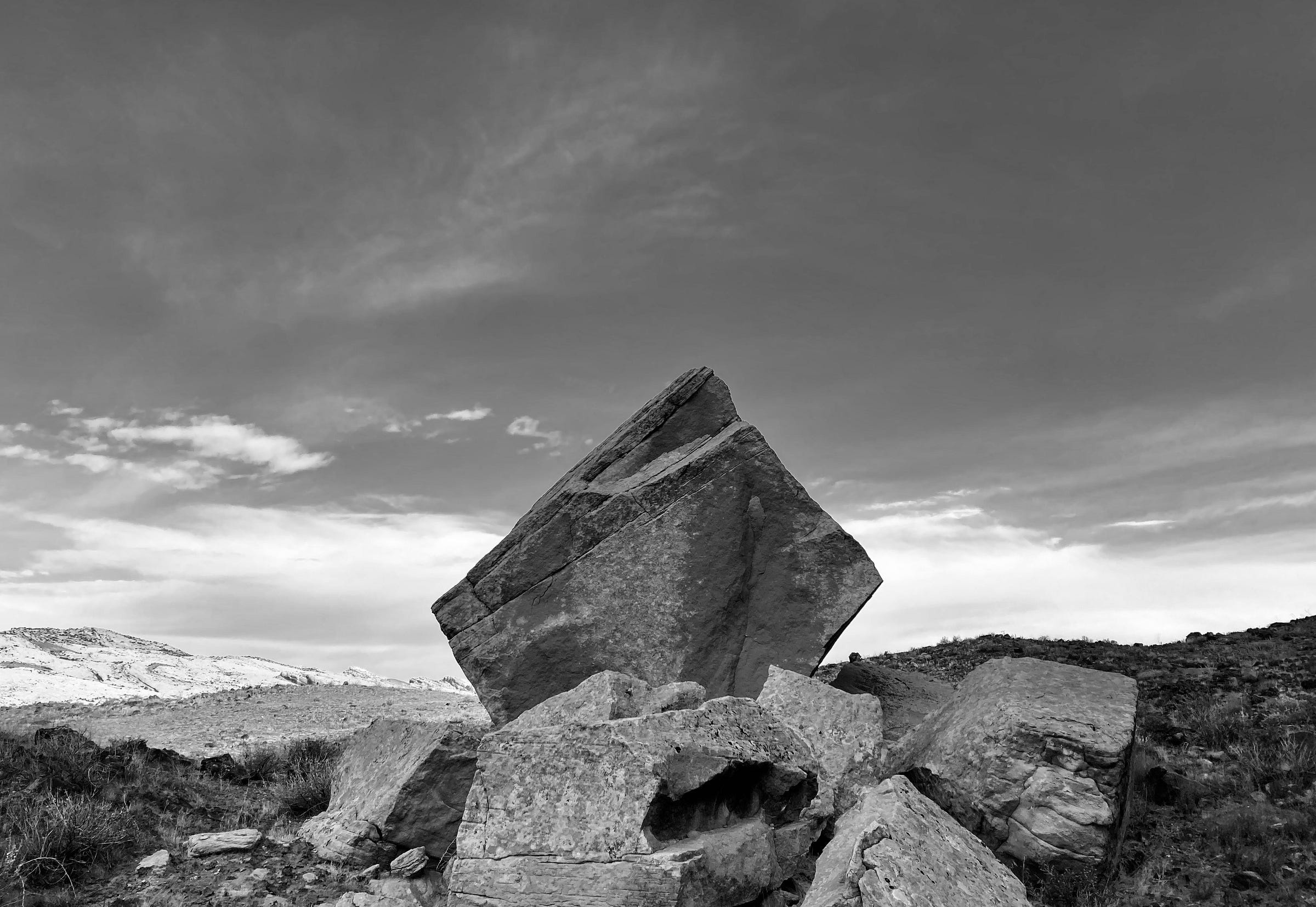Trump's DOJ takes aim at the Antiquities Act
Also: Cutting through the public land sell-off misinformation
🌵 Public Lands 🌲
Somewhat lost among the hubbub over Republicans’ efforts to sell off and otherwise deface public lands was a legal opinion by the Trump administration’s Justice Department published on May 27. In it, Deputy Assistant Attorney General Lanora C. Pettit argues that a presi…
Keep reading with a 7-day free trial
Subscribe to The Land Desk to keep reading this post and get 7 days of free access to the full post archives.


